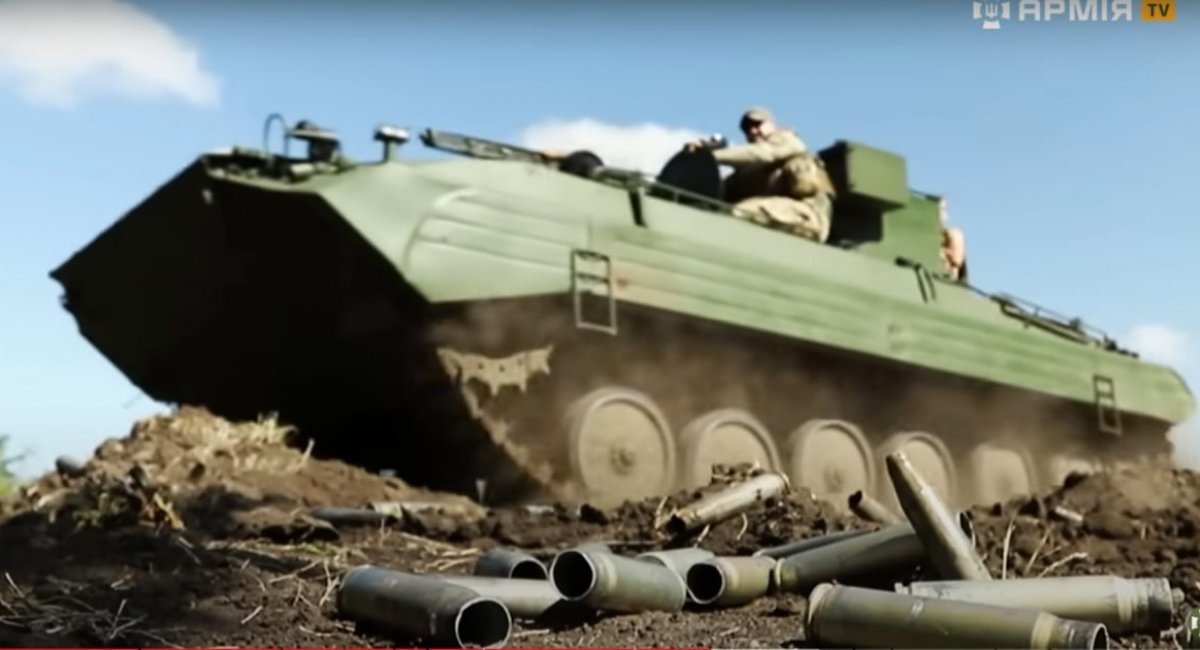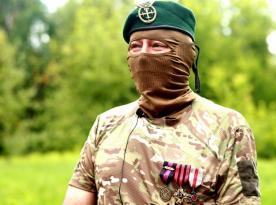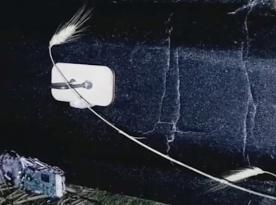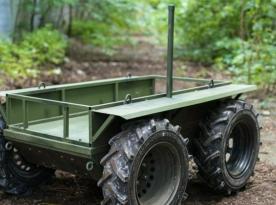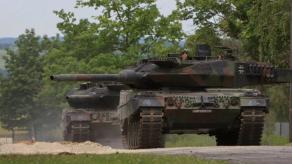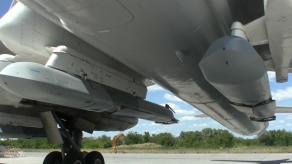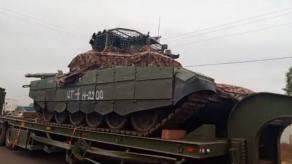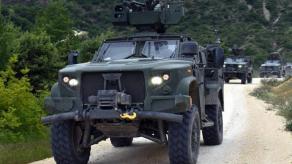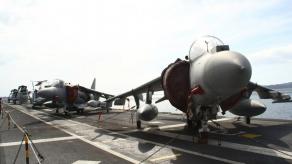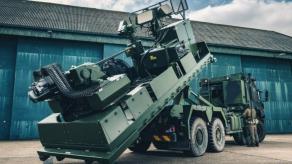One of the units from Ukrainian Armed Forces' 57th Mechanized Brigade operates a combat vehicle described as a "BMP-2 with a BM-7 Parus weapon station." Although, some suggest that it was actually a PRP-3 armored mobile reconnaissance systemn revamped as infantry fighting vehicle.
A video report showcasing this IFV on the frontline was published by ArmyTV, an official broadcaster of the Ministry of Defense of Ukraine.
Read more: russian BMP-2 IFV Self-Destructs Due to Powerful Detonation After Hitting Mines (Video)
The remote-controlled weapon station (RCWS) installed on this vehicle has three types of sights: for day and night vision, as well as infrared imaging. Zoom allows for aimed fire at distances up to 4 kilometers.
Compared with other IFVs of Soviet standard, this particular combat vehicle featured in the report is equipped with remarkably many computer-powered systems, making it more advanced yet difficult to master in terms of training.
The primary weapon on Parus RCWS is a 30mm automatic cannon with four types of ammunition to choose from: armor-piercing, AP-incendiary, HE-FRAG, FRAG-tracer. Among them, the high-explosive-fragmentation ones are used the most. Gun loading is automated to a high degree.
The journalists note that the vehicle's engine, the UTD-20S1 from BMP-2 vehicle, proves very reliable, especially in comparison with BMP-1's engine.
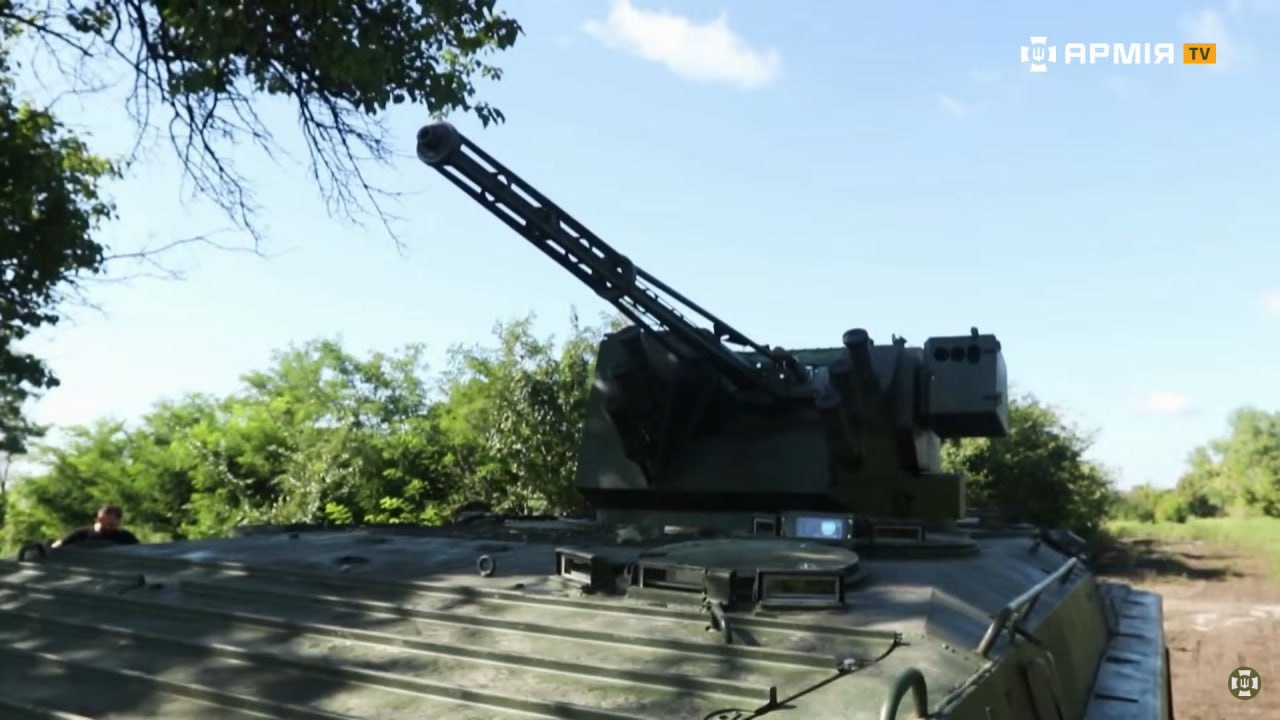
The most interesting part, though, is about how the crew uses it in practice. Guidelines usually require three personnel to operate an IFV — the commander, the gunner, and the driver — but this unt is only handled by two people.
The commander, meanwhile, works outside the vehicle, coordinating the crew actions with the infantry, ensuring that the fire support aligns with the actions of the supported.
This process is facilitated by communication systems implanted in this vehicle, highlighting a simple fact: real combat effectiveness of an infantry fighting vehicle relies on not just it's mobility or firepower but also on constant communication with the infantry it is tasked to cover.
Read more: Ukrainian Air Force Has for the First Time Shown the Detailed Use of JDAM-ER and Revealed Its Actual Range (Video)



